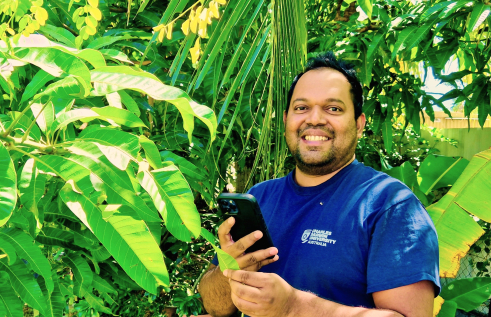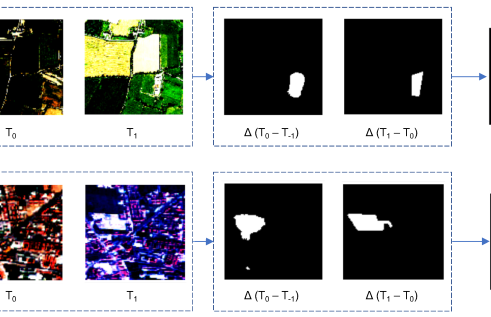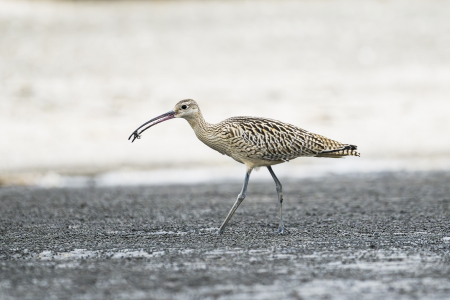Volunteers protected Darwin wildlife for 50+ years, but new research suggests it’s time to stop winging conservation efforts
Volunteers have shouldered the burden of shorebird conservation in the Top End for more than half a century, but new research from Charles Darwin University (CDU) suggests it’s time for the government to take responsibility for all of the Northern Territory’s residents – including those with wings.
The Federal Environment Protection Biodiversity Conservation Act 1999 protects 14 shorebird species in protected by the federal Environment Protection Biodiversity Conservation Act 1999 – two of which are considered critically endangered, four are endangered, and eight are vulnerable.
Habitat degradation is the leading cause of population decline among these species, with 65 per cent of the tidal flats favoured by shorebirds lost over the last 50 years due to rapid changes in land use.
But study lead author Dr Amanda Lilleyman, a CDU Adjunct Professor, said 69 per cent of the activities and actions taken in relation to shorebird conservation in Darwin since 1972 have been community-led or research-based.
Much of these activities included volunteer monitoring programs as well as community-led education and engagement events funded through small grants.
Dr Lilleyman said her research indicated the high volume of volunteer-led activity meant there were expectations for volunteers to continue leading efforts to protect shorebird populations, as opposed to appropriate stakeholders.
She held concerns this could lead to volunteer burnout among the birds’ greatest champions.
“Australia has signed international agreements to protect shorebirds and their habitats, but the onus has historically been on volunteers to lead the charge through things like citizen science and community events,” she said.
“Even though volunteers work hard to raise awareness of the plights of shorebirds, the reality is that we will continue to see declining populations if something does not change.”
Dr Lilleyman, who is also a committee member for the voluntary BirdLife Top End committee, co-authored the Darwin Harbour Migratory Shorebird Site Action Plan to complement her research alongside fellow committee member Gavin O’Brien.
She said the plan was a blueprint for shorebird management in Darwin Harbour.
This research contributes to Goals 15 and 16 of the United Nations Sustainable Development Goals, which relate to life on land and peace, justice, and strong institutions.
Related Articles

Rooting out plant diseases: Are computers ready to run our farms?
Nature is still too complex for artificial intelligence (AI) modelling to be effective, but the tipping point is close, according to a new study that found the technology may still trip at the last real-world hurdle.
Read more about Rooting out plant diseases: Are computers ready to run our farms?
Tech on the treetops: How AI can protect forests
The Artificial Intelligence model was developed to detect changes in forest cover.
Read more about Tech on the treetops: How AI can protect forests
How one man’s dream opened doors to education access across the world
Charles Darwin University (CDU) PhD candidate Faisal Bin Badar never imagined his dream to improve education in his home country of Pakistan would evolve into an internationally recognised mission to build adaptable, sustainable schools across the globe.
Read more about How one man’s dream opened doors to education access across the world
